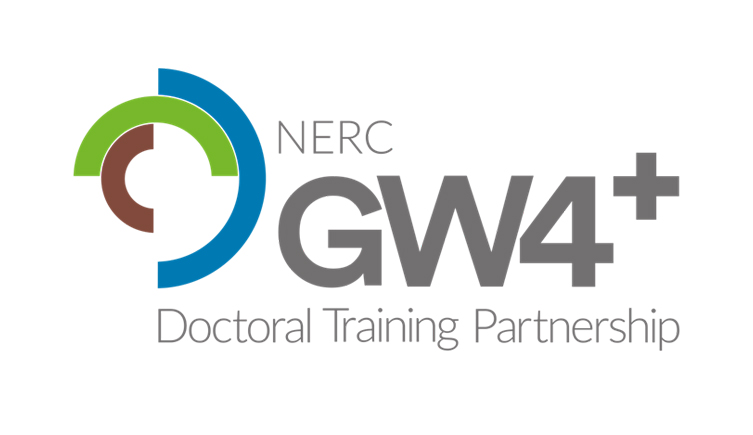In Arctic landscapes dominated by retreating glaciers, a range of permanent and ephemeral aquatic habitats host microbial communities. These communities play a critical role in local and regional carbon cycling, yet the mechanisms that store or release carbon remain poorly understood.
This project will survey microbial community composition across a deglaciating landscape in Greenland and measure their relative activity using a range of geochemical and microbial techniques. We will use the data to assess the carbon budget of the different habitats (glaciers, lakes, rivers, streams) to understand how it might change in the future.
The project is a collaboration between the University of Bristol and the Natural History Museum and will make use of the excellent laboratory facilities at both institutions, including cutting edge microbial and geochemical analysis suites.
The student will also collaborate with the Netherlands Institute of Ecology to take advantage of additional lab facilities for pigment analyses and access an archive of historic data that enrich our contemporary observations. The student may have the opportunity to participate in polar fieldwork.


.png)